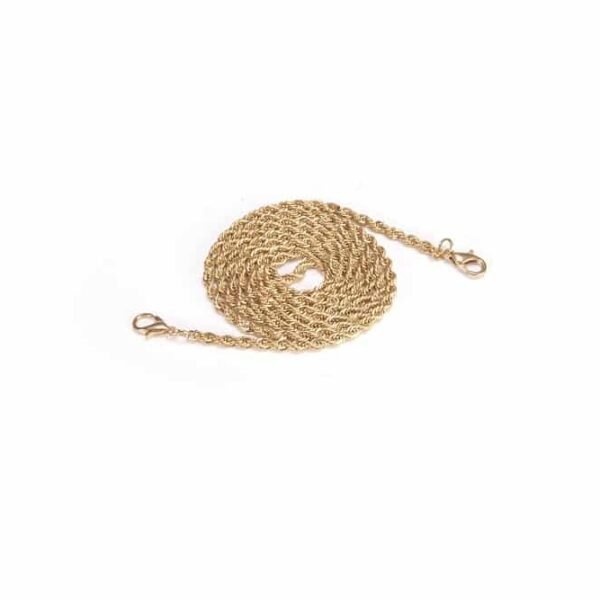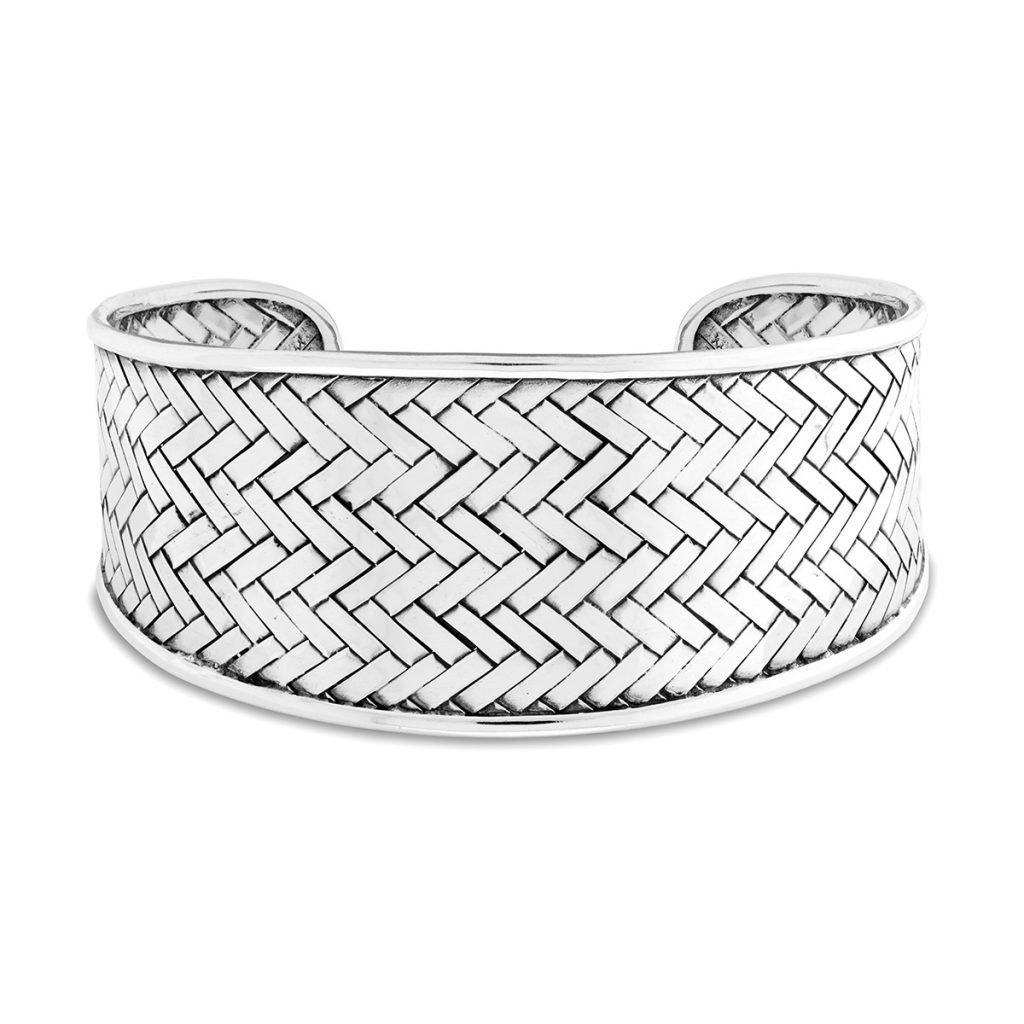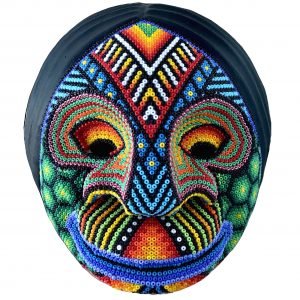The fashion industry stands at a pivotal crossroads. On one side is fast fashion—a dominant yet damaging model that prioritizes speed and profit over people and the planet. On the other is slow fashion—a conscious, thoughtful alternative rooted in sustainability, ethics, and lasting style. As awareness around zero waste fashion, conscious consumption, and environmental responsibility grows, understanding the difference between these two approaches has never been more crucial.
This comparison aims to demystify the philosophies behind slow and fast fashion, highlighting why the shift toward fashion slow is essential for a better future.
What is Fast Fashion?
Fast fashion is a business model built on producing cheap, trendy clothing at breakneck speed to meet the latest consumer demands. Popularized by high street retailers, this system thrives on overconsumption, encouraging shoppers to constantly update their wardrobes as new collections drop weekly or even daily.
While fast fashion offers affordability and accessibility, it comes with serious drawbacks:
- Environmental Harm: Fast fashion is a leading contributor to pollution, textile waste, and greenhouse gas emissions.
- Exploitative Labor: Garment workers are often underpaid and work in unsafe, unethical conditions.
- Low Quality: Fast fashion items are designed to be worn only a few times, contributing to a throwaway culture.
But, wait… Nowadays Fast Fashion is being replaced by Ultra Fast Fashion, specially with Shein and Temu. We are now at a stage that even they complain about them. Check this article from Forever 21 closing plenty of stores as they can not cope with their speedy Gonzalez competitors’ pace and pricing strategy. I still don’t understand why people keep on supporting these brands honestly and as an activist, I must say it hurts to see how little impact our actions might have, but still for those listening and caring enough to read, get educated and change their behaviour, I will keep on writing in this blog.
Just a thought… If Fast Fashion brands are suffering from the market shift Shein & Co are bringing, imagine how devastating is for Slow fashion makers.
What is Slow Fashion?
Slow fashion is the antidote to the fast fashion crisis. It embraces a mindful approach to design, production, and consumption. This model values quality over quantity, encouraging consumers to buy less and wear longer.
Key principles of slow fashion include:
- Ethical Production: Ensuring fair wages, dignified working conditions, and respect for artisans.
- Sustainable Materials: Choosing organic, biodegradable, and recycled fabrics that minimize environmental impact.
- Local Craftsmanship: Celebrating artisanal heritage and supporting small-scale, local production.
- Timeless Design: Creating versatile, enduring styles that transcend seasonal trends.
- Zero Waste Fashion: Reducing textile waste through careful design, upcycling, and circularity.
-
 Banana Leather Wallet -La Sultane Tanee135.08$
Banana Leather Wallet -La Sultane Tanee135.08$- GBP: £104.23
- SAR: 506.74﷼
- AED: 496.80AED
- EUR: €123,21
In Stock
-
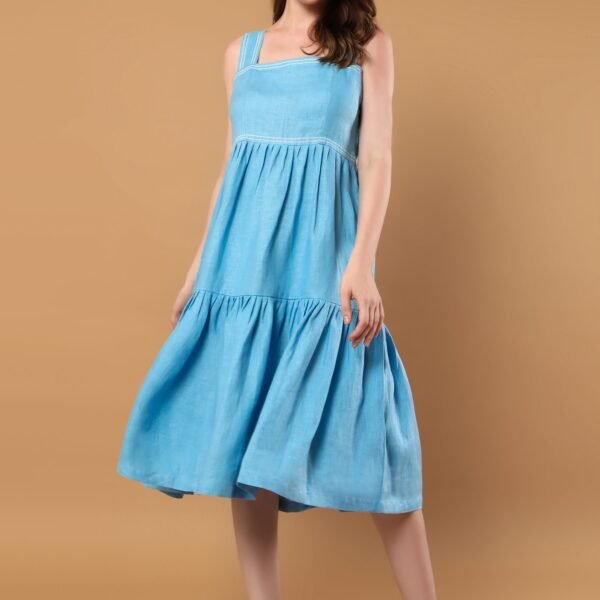 Iris Aqua Blue Hemp Dress149.43$
Iris Aqua Blue Hemp Dress149.43$- GBP: £115.30
- SAR: 560.55﷼
- AED: 549.56AED
- EUR: €136,29
In Stock
-
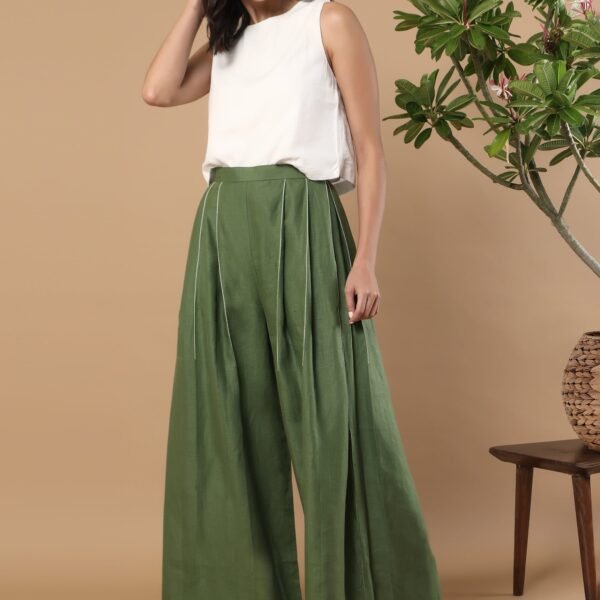 Aspen Olive Green Hemp Pants107.55$
Aspen Olive Green Hemp Pants107.55$- GBP: £82.99
- SAR: 403.47﷼
- AED: 395.56AED
- EUR: €98,10
In Stock
-
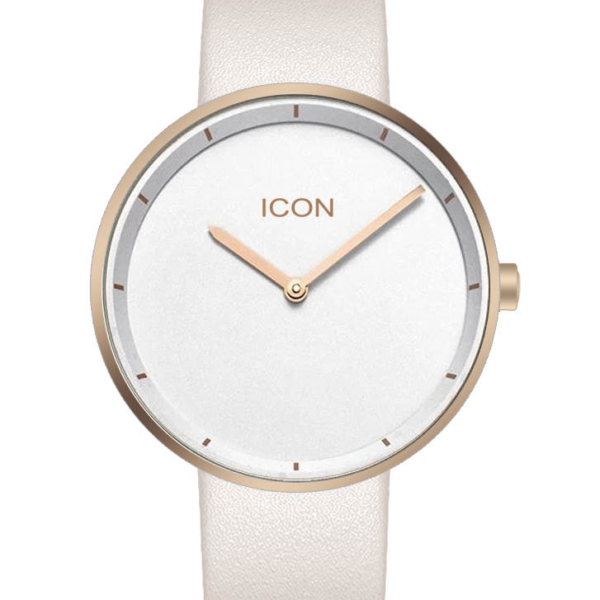 White Apple Leather Watch145.56$
White Apple Leather Watch145.56$- GBP: £112.32
- SAR: 546.06﷼
- AED: 535.35AED
- EUR: €132,77
In Stock
Key Differences Between Slow and Fast Fashion
| Aspect | Fast Fashion | Slow Fashion |
|---|---|---|
| Production Speed | Rapid, trend-driven | Deliberate, intentional |
| Material Quality | Low-cost synthetics | High-quality, sustainable |
| Environmental Impact | High carbon and waste footprint | Eco-conscious, low-impact |
| Labor Practices | Often unethical and exploitative | Fair, transparent, and just |
| Design Philosophy | Trend-based, disposable | Timeless, durable |
| Consumer Role | Passive consumption | Conscious engagement |
The Hidden Costs of Fast Fashion
Fast fashion may seem affordable at first glance, but its true cost is hidden in its impact on the planet and people. The industry is responsible for approximately 92 million tons of textile waste annually. Moreover, the production of cheap clothing often involves harmful chemicals, exploitative labor, and enormous energy and water usage.
These type of fashion’s reliance on synthetic fibers like polyester also contributes to microplastic pollution in oceans, affecting marine ecosystems and even entering our food chain.
The Benefits of Embracing Slow Fashion
Choosing slow fashion is a powerful way to align your wardrobe with your values. Here’s how it contributes to a better world:
- Environmental Preservation: By favoring organic and recycled materials, slow fashion drastically cuts down on pollution and waste.
- Empowered Communities: Supporting small brands and artisans helps build resilient, fair economies.
- Higher Quality: Slow fashion pieces are crafted to last, making them better investments over time.
- Zero Waste Fashion: Many slow fashion brands use fabric scraps creatively or adopt made-to-order models to avoid excess.
-
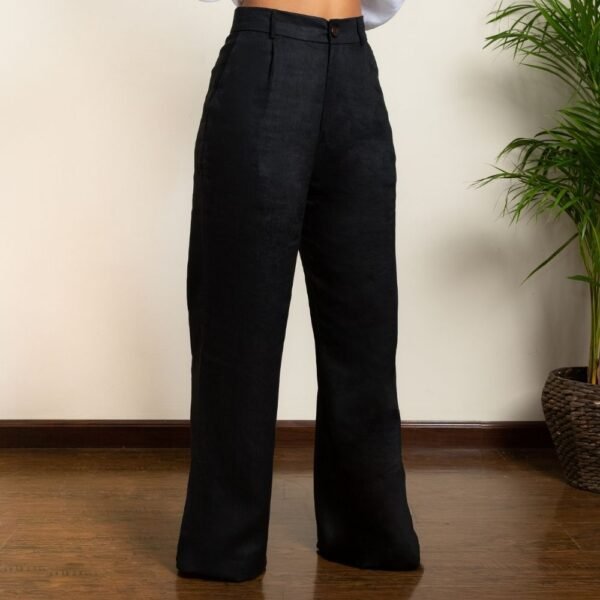 Black Linen Trousers75.45$
Black Linen Trousers75.45$- GBP: £58.22
- SAR: 283.05﷼
- AED: 277.50AED
- EUR: €68,82
In Stock
-
 Blue Linen Co-Ord Midi Skirt96.58$
Blue Linen Co-Ord Midi Skirt96.58$- GBP: £74.52
- SAR: 362.30﷼
- AED: 355.20AED
- EUR: €88,09
In Stock
-
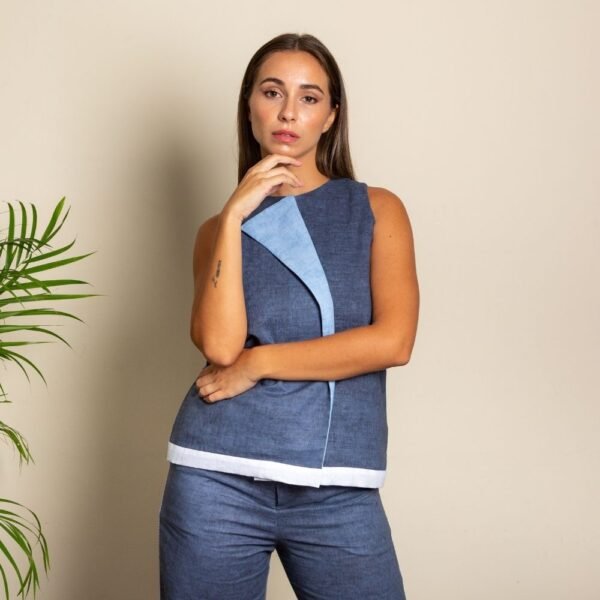 Blue Linen Co-Ord Top With Centre Closure79.48$
Blue Linen Co-Ord Top With Centre Closure79.48$- GBP: £61.32
- SAR: 298.15﷼
- AED: 292.30AED
- EUR: €72,49
In Stock
-
 Finn Laptop Folder122.36$
Finn Laptop Folder122.36$- GBP: £94.41
- SAR: 459.00﷼
- AED: 450.00AED
- EUR: €111,60
In Stock
How to Shift from Fast Fashion to Slow Fashion
Transitioning from conventional to conscious fashion doesn’t have to be overwhelming. Here are some simple steps to begin your journey:
- Pause Before You Purchase: Ask yourself if you truly need the item and if it aligns with your values.
- Research Brands: Support brands committed to ethical, slow, and sustainable practices. Goshopia is a great place to start.
- Embrace Minimalism: Curate a capsule wardrobe of versatile, high-quality pieces.
- Repair and Upcycle: Extend the life of your garments through care and creativity.
- Support Secondhand: Vintage and thrift shopping reduces demand for new resources.
Slow Fashion at Goshopia
At Goshopia, we are proud advocates of slow fashion. Our carefully curated platform showcases timeless pieces made by ethical artisans and visionary designers who prioritize people, planet, and purpose. Every product reflects our 4 S’s: Slow, Sustainable, Socially Responsible, and Stylish.
We believe that conscious fashion is not only possible—it’s essential. Whether it’s a flowy organic cotton dress, an upcycled leather accessory, or jewelry cast from recycled silver, our collections embody elegance with integrity.
Real Stories, Real Impact
Behind every slow fashion piece is a story worth telling. It might be a handwoven scarf that took days to make by an artisan preserving ancestral techniques. Or a zero waste fashion collection designed with leftover fabric from previous seasons.
These stories connect us to our clothing in meaningful ways, encouraging us to value each piece and the hands that made it.
-
 Lilac Oversized Shirt29.91$
Lilac Oversized Shirt29.91$- GBP: £23.08
- SAR: 112.20﷼
- AED: 110.00AED
- EUR: €27,28
In Stock
-
 Jengo Long Sleeve Hemp Shirt149.55$
Jengo Long Sleeve Hemp Shirt149.55$- GBP: £115.39
- SAR: 561.00﷼
- AED: 550.00AED
- EUR: €136,40
In Stock
-
Sale Product on sale
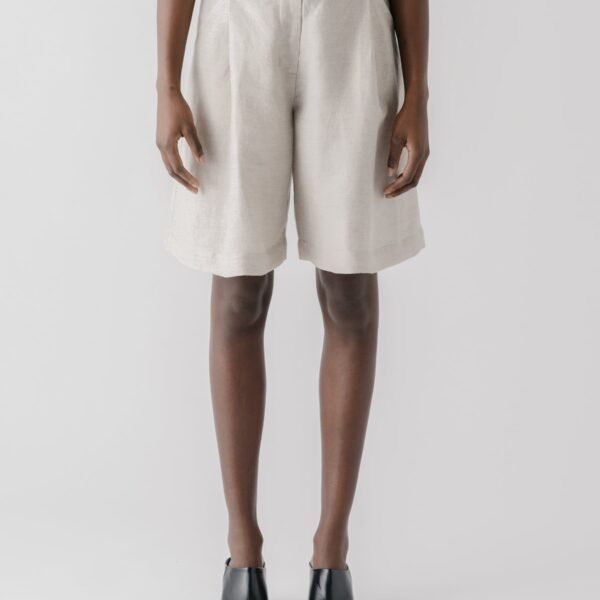 Agadir Shorts
Agadir Shorts95.57$Original price was: 95.57$.67.40$Current price is: 67.40$.- GBP: £52.01
- SAR: 252.86﷼
- AED: 247.90AED
- EUR: €61,48
In Stock
-
Sale Product on sale
 Off White Siena Batwing Sleeve Shirt
Off White Siena Batwing Sleeve Shirt99.60$Original price was: 99.60$.69.42$Current price is: 69.42$.- GBP: £53.56
- SAR: 260.41﷼
- AED: 255.30AED
- EUR: €63,31
In Stock
-
Sale Product on sale
 Louisiana Classic Denim Shirt
Louisiana Classic Denim Shirt129.78$Original price was: 129.78$.90.54$Current price is: 90.54$.- GBP: £69.86
- SAR: 339.66﷼
- AED: 333.00AED
- EUR: €82,58
In Stock
-
 Abang Silver Bracelet85.51$
Abang Silver Bracelet85.51$- GBP: £65.98
- SAR: 320.79﷼
- AED: 314.50AED
- EUR: €78,00
In Stock
-
 Adeng Silver Necklace135.81$
Adeng Silver Necklace135.81$- GBP: £104.80
- SAR: 509.49﷼
- AED: 499.50AED
- EUR: €123,88
In Stock
-
 Lenzing Shirley Shirt114.20$
Lenzing Shirley Shirt114.20$- GBP: £88.12
- SAR: 428.40﷼
- AED: 420.00AED
- EUR: €104,16
In Stock
Why It Matters
The fashion industry is at a turning point. Fast fashion has brought undeniable harm to people and the planet, but the rise of conscious fashion is proving that a better way is possible. Choosing fashion slow is not about giving up style; it’s about redefining it through intentionality, ethics, and sustainability.
Every time you choose a slow fashion brand, you cast a vote for a cleaner, kinder, and more beautiful world.
Join the Movement
The shift to slow fashion begins with awareness and action. Educate yourself. Share what you learn. Support ethical brands. And wear your values proudly.
Fashion is a reflection of who we are. Let it reflect a commitment to justice, to sustainability, and to beauty with a purpose.







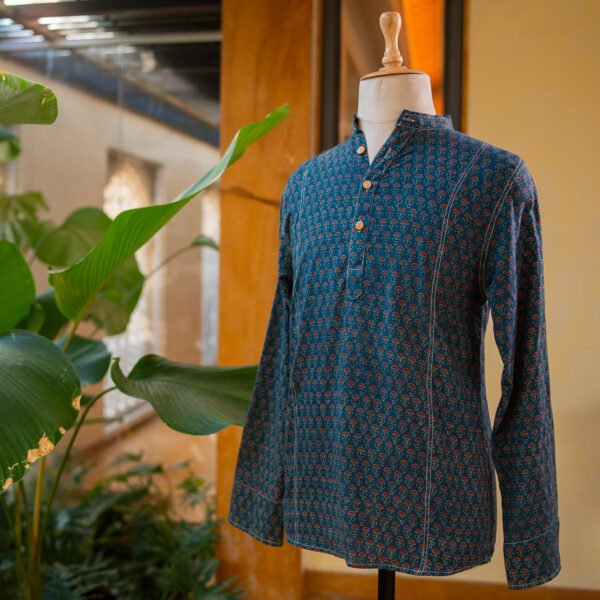
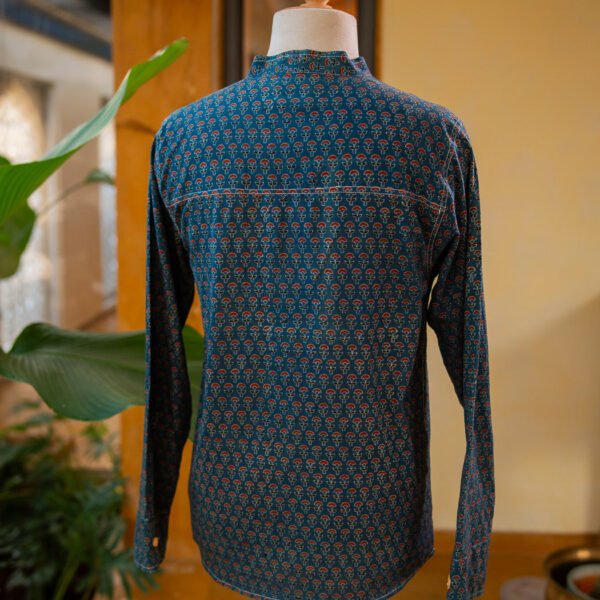

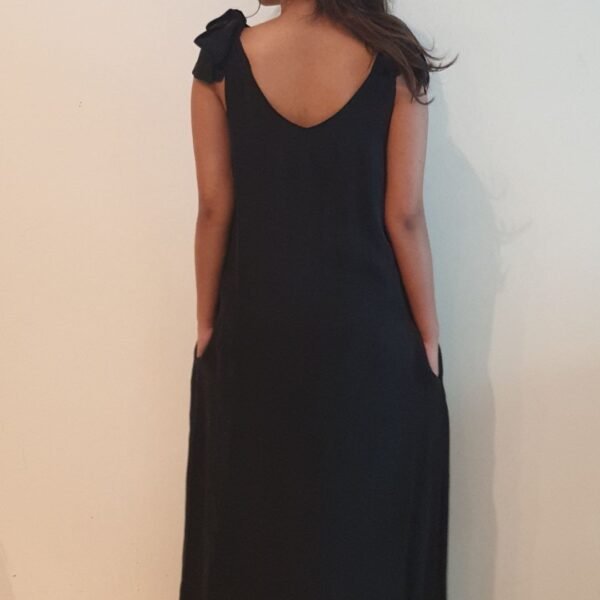
-600x600.jpeg)

